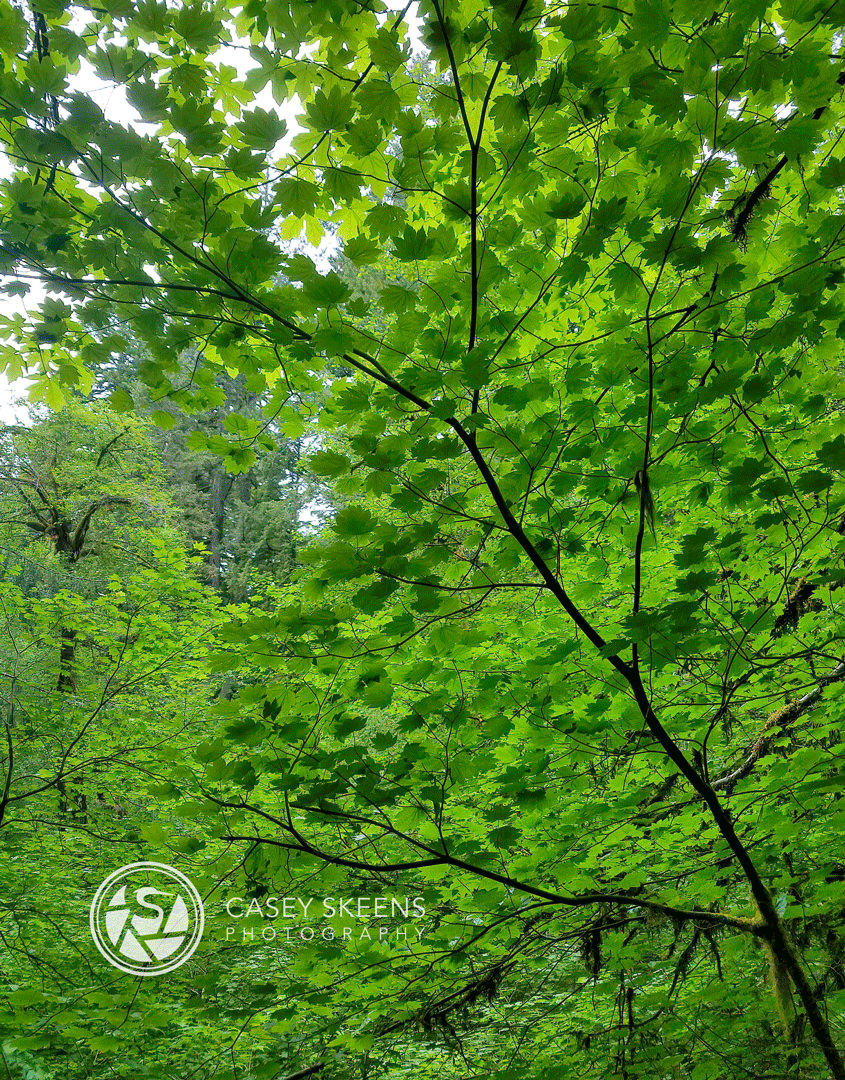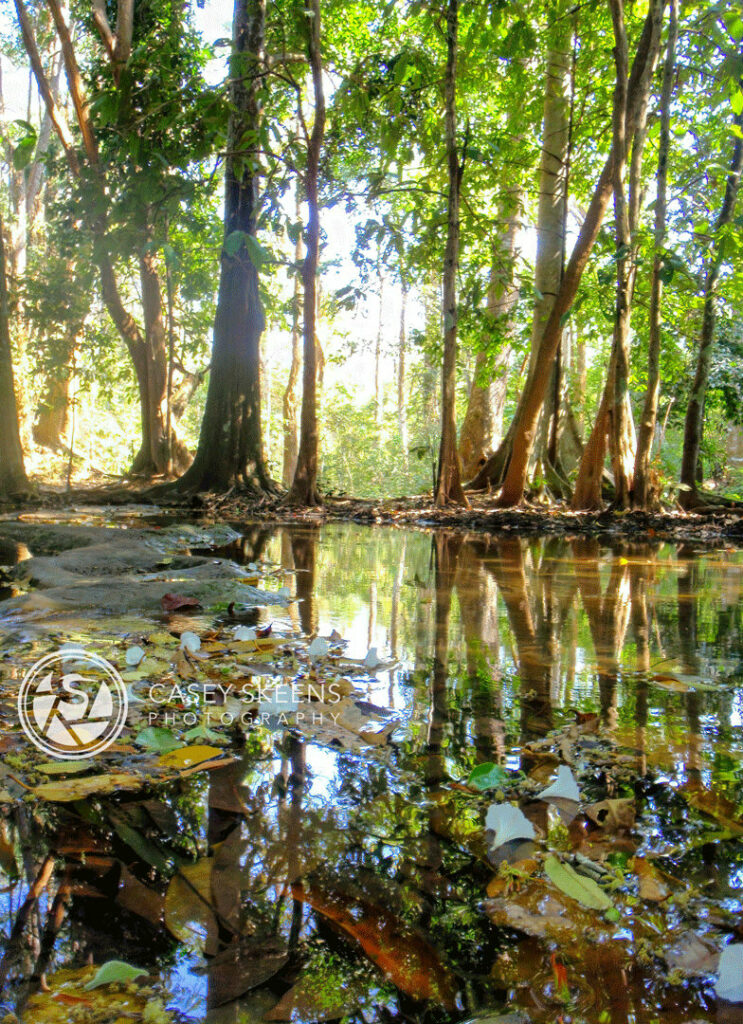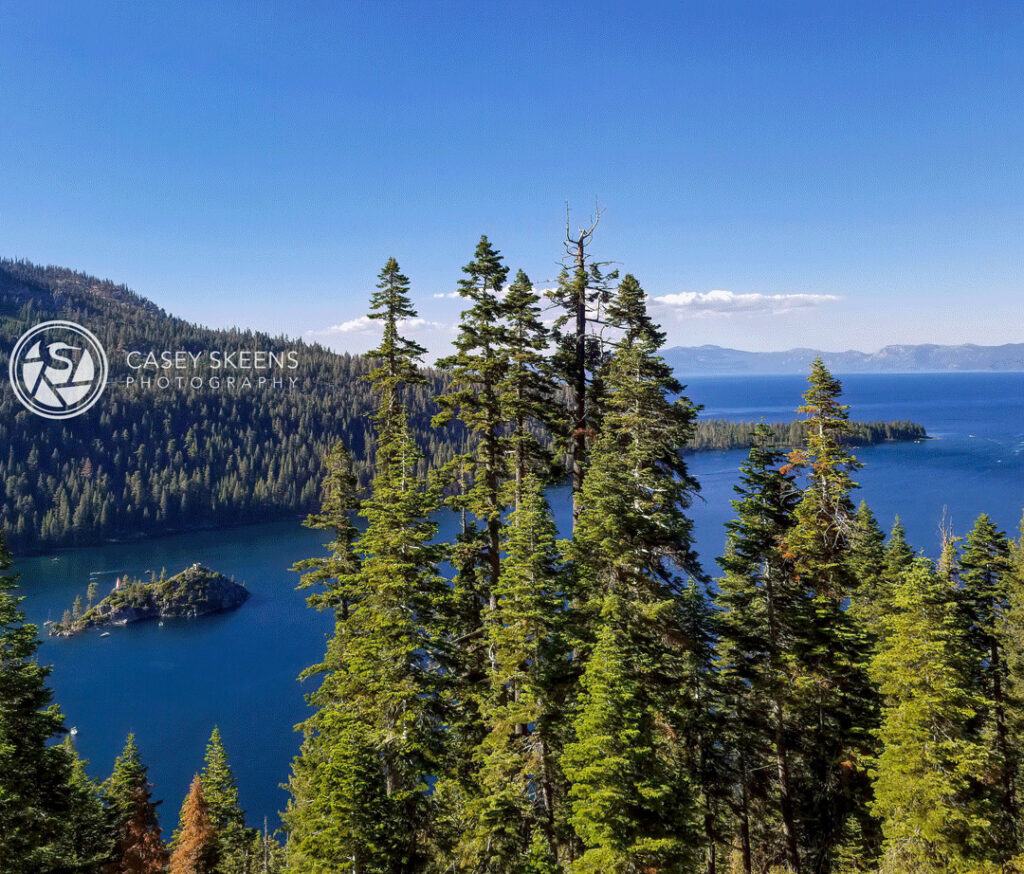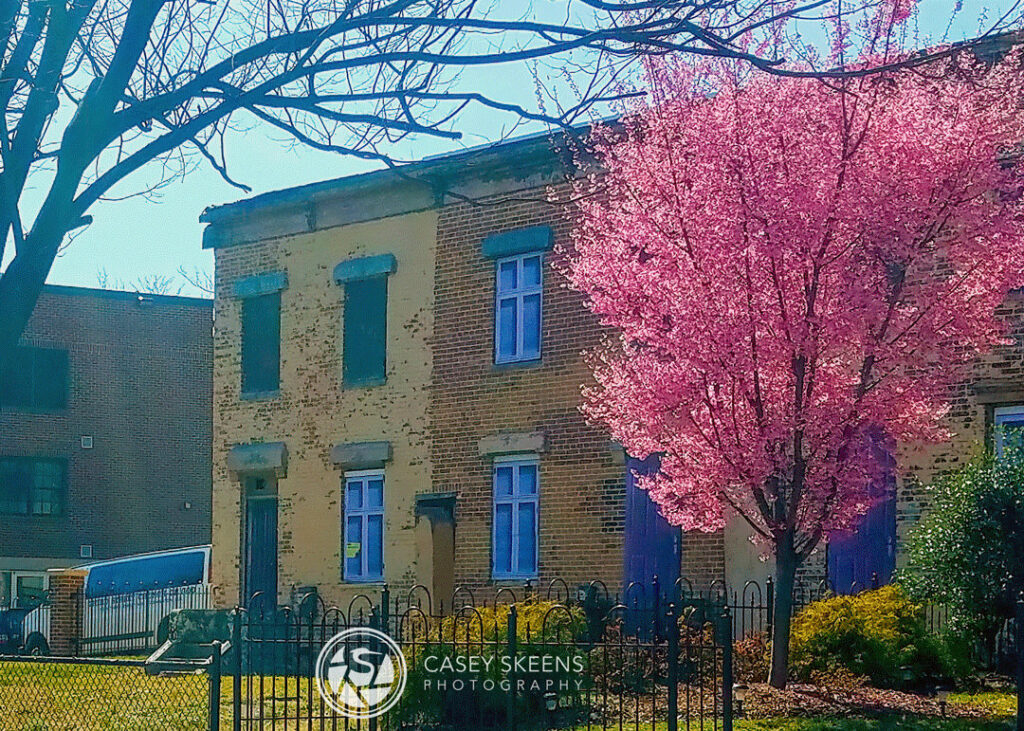
Trees make for beautiful photography subjects. Trees can bring the viewer a sense of peace and tranquility.
But how easy is it to capture the beauty of trees in a photograph? In most cases, it’s not always as easy as it looks. But there are some techniques that you can use to practice until you get that perfect shot.
A couple of things to consider is the time of day, the setting, and of course, the way you frame the subject. The great thing about trees is that each one is so unique that you can create interesting, individual photos nearly every time. One of the most challenging things about shooting trees is their size. It’s tricky to capture and the sense of grandeur large trees can bring.
Before getting started, it’s essential to think about what you want the main subject of your photograph to be and why it’s interesting, how best to take the photo, and the mood or setting. And that’s how you’ll get some amazing tree photography shots.
Knowing how you want the photograph to impact the viewer will help you decide how to take the most beautiful photos of trees.
Tips and Techniques For Tree Photography
The Single Focus
Sometimes one tree will jump out from the rest and take center stage. Maybe it’s taller, perhaps it has interesting knotted branches, whatever it is that’s caught your attention, make this tree your focus and emphasize its stature with a shallow depth of field. The other trees will most likely become part of the background, but if shot well, they can also play a role in making your main tree even more prominent and intriguing.
Trees As Background
Sometimes trees can add interest to another focus or other subjects. For example, perhaps you’re shooting a waterfall or lake. Don’t forget how the features around this subject can add to the image’s interest. Maybe you can frame the lake with tree branches arching over the top of the image, or perhaps they create a line that will lead the viewer’s eye up towards the waterfall.
Going For Grand
If you want to create a sense of scale that’s perhaps not as vast in reality, make sure not to include people or an item that shows the scale of your subject matter. Another way to make your trees look bigger than they actually are is to lay on the ground when shooting.
The Single Tree
If you’ve found an empty landscape with a tree standing all by itself, you’ve got it made. The image will tell a straightforward story, one of isolation or serenity. The mood creates itself. Often, going in with a wide-angle lens is a good option. But be careful to make the tree appear too small, especially if you’re pretty far away. A long lens can help you make the tree slightly smaller and emphasize its isolation, but it will still take center stage in your frame.
Trees In Landscapes
Sometimes the trees you’ve chosen to shoot will add an exciting element to a beautiful landscape, and they take on more of a supporting role in the theme of the shot. Perhaps a singular tree makes a tremendous mid-ground point of focus and ties the photo’s composition together. With most landscape photos, you’ll use a small aperture to make your image sharp from top to bottom. A good trick here is to shoot from a low angle. This can offer a foreground depth, placing the viewer in the center of the photo.
Repetition
If shooting in a forest or densely wooded area, look for signs of repetition. A line of trees can make a gorgeous, artistic photo. Look for an angle that will emphasize the trees’ repetition from an interesting perspective, and don’t forget to include signs of texture and contrast. One way to avoid the trees looking like a mundane set one after the other, is to have the forest floor, tree roots, leaves, and sky in your shot.
The Silhouette
Using backlighting to create a silhouette is a great way to emphasize a single, lonely tree. If you can do this at sunset, even better. Simply adjust your exposure compensation so the sky is perfectly exposed while the tree is black.
The Dramatic Effect
If you’re looking to create an awe-inspiring feeling, accentuate the height of the trees in your shot. The best way to do this is to get low, lay flat on the ground, and shoot straight upwards. This will usually make the tops of the trees look as though they converge. Just watch for over or underexposure since the light may be pretty intense. You want a shot that offers detail in both the highlights and shadow areas.
Don’t Forget The Details
Trees are so interesting up close, from their leaves and flowers to the bark and roots. You don’t even need to photograph the whole tree to create an interesting shot. Instead, use a long lens to zoom into the finer details that you find so fascinating. A wide aperture will give a small depth of field and blur the background giving you an excellent central focal point. A good tip here is to use a tripod, so there’s no movement to throw off your focus.
When Is The Best Time To Shoot?
From one season to the next, trees can look incredibly different. It can be an adventure in itself to capture the same tree at these different seasonal stages. Or, if you’re looking for a specific mood, the seasons can guide you about when it’s best to take beautiful photos of trees.
Autumn
The changing color of leaves in autumn is undoubtedly gorgeous. From yellow and orange to deep red, this is most definitely the most popular season to photograph trees – to capture their exquisite display of color. If you’re looking for color to be the main element of your composition, make sure you don’t wait too late in the season and get to the trees when the leaves are starting to brown and the branches empty. Don’t forget to look down. The forest floor is littered with color, making beautiful low-angle shots of leaves covering the ground.
Top tip: Complement the warm tones of the leaves with bright blue skies or evergreen plants.
Winter
Most trees, besides the evergreens, will eventually have no leaves and look completely stark during winter. These, of course, can make strong subjects with high contrast but can be pretty tricky to capture. If you’re looking to shoot these dead-looking trees, ensure you’ve found one that has an even starker background. This will add a strong design element to the shot. If you want a more muted mood, winter trees can help create this perspective. Frost and fog can bring in some excellent features. Frost offers detailed shots and close-ups with great texture, and fog can create a beautiful, mysterious image.
Top tip: Turn your exposure compensation up to brighten the picture if the lighting conditions confuse your camera.
Spring
As the color of spring starts to pop, you’ll have plenty of subject matter to shoot. From the first leaves, buds, and flowers, your tree photography takes on a life of its own. This might be the time to pull out your macro lens and detail close-up the changes taking place. You’ll find the light of your spring images is softer and offers a gentle and joyful photography selection. If you’re looking for colors that pop, you might have to adjust the vibrance and saturation in post production. But if you can get out after some rain, you’ll have much more naturally saturated subject matter as well as the possibility of beautiful droplets to capture in your close-ups.
Top tip: Research the types of trees that grow in your area and when they bloom so that you can catch the trees at the right time.
Summer
If you have a green and vibrant summer, you might struggle to find contrast when everything is so happily leafy. So you’ll have to get creative and look for landscapes that offer various colors and tones. You can also look for those trees that provide a contrast with their beautiful flowers. Another thing that will give your lush trees some character is finding ones with birds and insects fluttering about. On the other hand, if your summer is very dry and arid, look for texture and a backdrop that offers plenty of clear blue sky to contrast the parched landscape and trees.
Top tip: Don’t forget to look for the detailed shots. They can bring some interest to an otherwise monotonous scene.
We love nature photography and how creative you can get with what your surroundings present to you. Use the above amazing tree photography tips and techniques to set your mood and choose your subject matter wisely to take beautiful photos of trees. The more photographs you take, the more you will improve, and trees make for a varied, engaging, and calming subject matter to get started with.




Leave a Reply